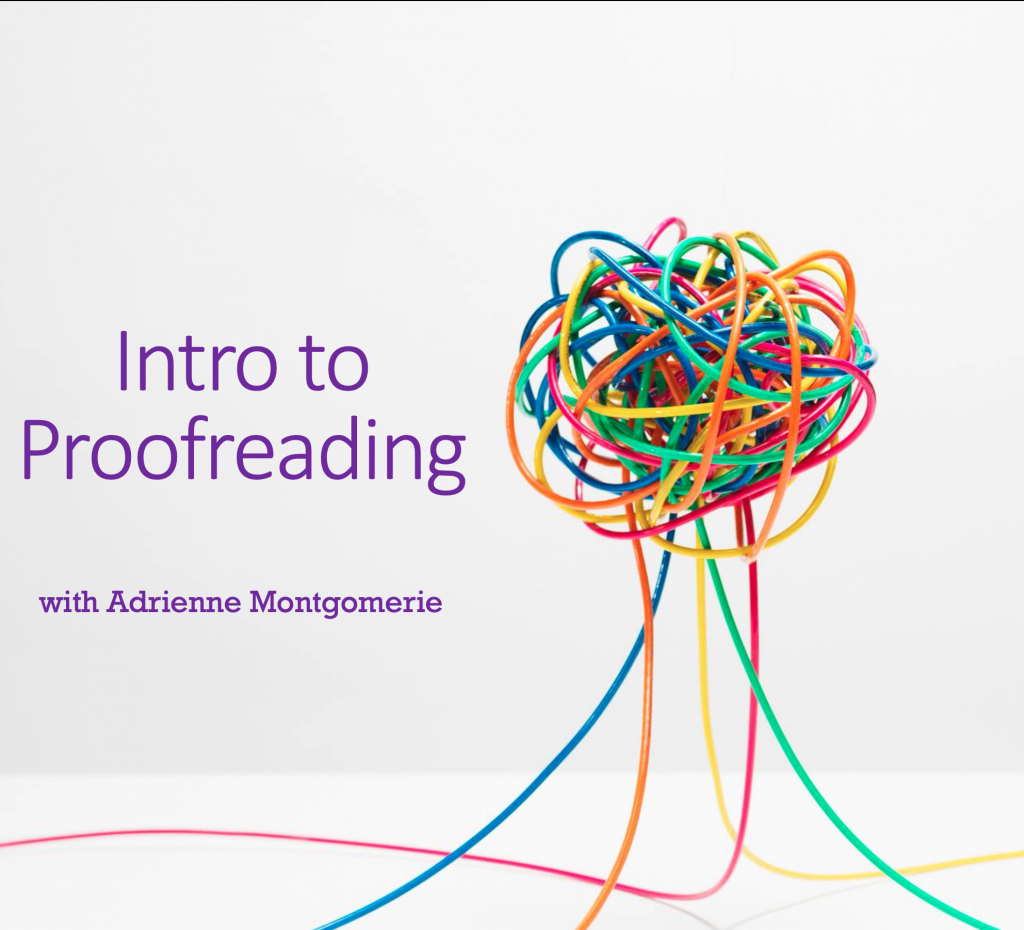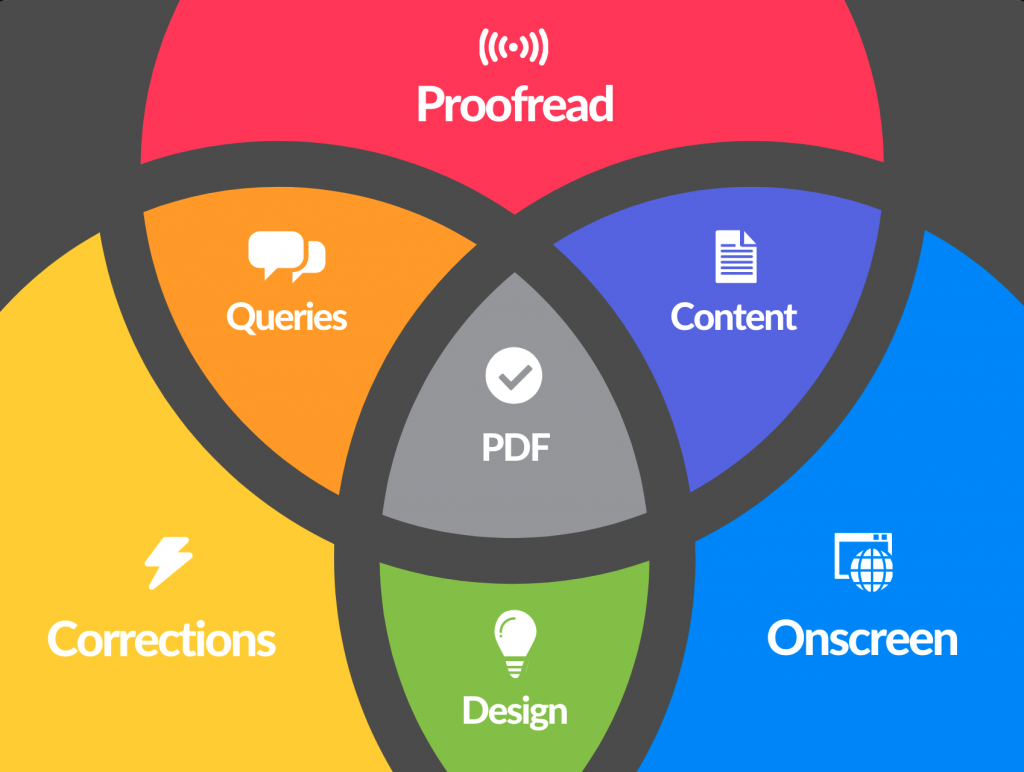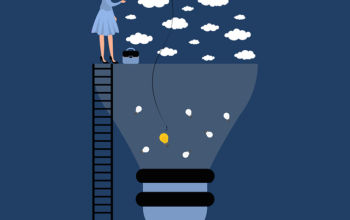The editorial bat signal caught my eye. “Help!” came the plea from a colleague. “I just found plagiarism in my file!”
“Aw, heck!” I sighed emphatically. “Now I’ve got to talk to the writer about it. And worse, how much more of their submission might be someone else’s writing?!”
Even though it’s upsetting, plagiarism rarely comes from a desire to steal.* Usually it happens because of laziness/time constraints, cheapness, or sloppy workflow. (All of which contribute to a guilty verdict in court, it should be noted.)
What’s plagiarism?
Passing off someone else’s work as one’s own defines plagiarism. That often looks like someone else’s sentence or paragraph (or data or image!) appearing without credit. Even if the content is copyright free — such as some government publication, statistics, or public domain materials — the creator still has the moral right to be associated with their work, and it’s not the client’s to claim creation of. (Self-plagiarism is also a concern, and happens much easier, as experts become accustomed to expressing themselves a certain way, even if they didn’t copy and paste. Citation solves this ethical concern, but permission from the original publisher is often still required to address copyright concerns.)

Who cares about plagiarism?
Not attributing the source of material is seen as a type of fraud (plagiarism) in North America and many other markets. Copyright infringement may also be involved.
Editors are tasked with the difficult job of spotting plagiarism and the cringy task of asking the writer to fix it. Though few professional associations have a code of conduct, plagiarism upsets most editors.
This relates to Editors Canada’s Professional Editorial Standard A5.1: “Understand the legal dimensions of the publishing process, including the fundamental concepts of copyright (e.g., ownership of works, public domain, licensing, moral rights), plagiarism, libel, obscenity, privacy protection, and related matters.”
Being associated with plagiarism and unsecured permissions (and especially with any legal action arising from it) can damage an editor’s reputation and their ability to land future assignments or employment. Editors are not expected to give legal advice or be the judge, but they might reasonably be expected to have some legal know-how where publishing is concerned.
Being involved in a plagiarism case can also cost dearly, as though the court may not deem the editor responsible, they may still incur the cost of defending themselves, and publishers’ contracts often try to make editors responsible for the publisher’s legal costs as well—and maybe even the cost of reprinting to fix such mistakes.
What can you say?
According to the PES (excerpted above) flagging the concern is where the editor’s responsibility ends. I flag this in the manuscript as well as in the transmittal memo† when returning the edited file to the publisher (in whatever form they are).
“AU: Is this correctly attributed now? I found this in [source].”
A comment in the file, worded as above, is the easiest way to address concerns. This kindness also treats it as a mere oversight of attribution rather than intentional theft, and gives the writer a chance to correct the attribution.
Who you gonna call?
In the editor’s conversation with their manager/client, it’s common to be asked to “give the writer the benefit of the doubt,” calling them sloppy rather than guilty. (We have to keep in mind to avoid libel/slander, let alone being kind!) That was the approach in the case when long-time Canadian columnist, Margaret Wente was caught with “unattributed quotes” in her writing. But the outcome remains steadfast: it has to be fixed.
Alerting the manager is important not only so they can ensure that it is fixed and their legal liability is limited, but also because they may need to ask permission to use the material, and that can take both months and money. Being alert to such concerns is why editors are so much more valuable that grammar checkers in the publishing chain.
Have you found “lifted text” in a file before? How did you handle it? What was the outcome?
* Cultural practices and laws differ around the world. I am told that, in some cultures, quoting expert sources extensively is a sign of great respect and readers might reasonably be expected to recognize the originator in those words because they are so well known. Alerting the writer to the standards where it is publishing is every editor’s job.
† Keep a copy of your related comments and memos, possibly forever. If the plagiarism does make it into “print” and a suit is filed, your lawyer will be grateful that you can prove the efforts you made.




